A mobile application that helps find nearby food bank and food-aid events
Role
UX/Product Designer
Discipline & Tools
Figma
Adobe Illustrator
Idea Generation
Rapid Prototyping (Lo-mid fi)
Iteration and Feedback Sessions
Team
3 UX Designers
3 Engineers
Duration
4 Days (Hackathon)

The Challenge
Over 50,000 San Francisco residents meet the requirements of food instability and nutrition assistance. However, only about 7,000 people are currently taking advantage of these resources.
- San Francisco Security Food Report 2018
The Outcome
Open Pantry gives low-income communities experiencing food insecurity access to a centralized hub for nearby food resources. The app will enable users to quickly find details about local food pantries, food banks, and food-aid assistance programs which will help them achieve food stability.
Our Solution

Research Objectives - What we need to learn more about…
Which communities are more affected by food insecurity than others?
Why are people not utilizing food resources the government has in place?
How do people feel about using food pantries and assistance programs?

What did we find?

How Might We…
increase public knowledge and information circulation about nearby food banks and food assistance programs?

Who is our target user?
What does Linda’s journey look like?
Usability Testing - Pain Points & Solutions

Low/Mid Fidelity

Style guide

We would like to expand this into a desktop version and make it compatible across most, if not all, devices.
In our research, we learned a large percentage of the population facing food insecurity is part of bilingual households, especially Spanish-speaking. Expanding our design to include the ability to toggle between English and Spanish capabilities would make our designs more accessible and reach a larger audience.
Currently, the design we have in place serves users in need of food banks. However, Women Infant Children (WIC) is also a highly underserved community. Exploring potential opportunities to include searches for WIC clinics, WIC retailers, and other resources would make our application helpful to other communities in need as well.
As of now, there is no option of donating to these organizations but we would like to flesh out the experience a donor might have. We also have the opportunity to include what an NGO might see as they create their profile to include information that users see (details, images, events, etc.)
What would we like to build out next?
Since this was a 3-day design sprint, our team wasn’t able to iterate as many times as we would have wanted. If we had more time, we would continue conducting more usability tests to really hammer out design details and decisions.
What/How could we improve?
Learned how deeply communities so close to us are facing exacerbated levels of food insecurity
From a hackathon perspective, it was a great learning opportunity to work cross-functionally with an engineering team. Speaking about which design choices were technically feasible with the developers really shaped how I’ll be thinking about design moving forward.
It was extremely rewarding to hear from judges about how the idea for this app was practical and will be helpful to underserved communities. This project further demonstrated how design can be a powerful tool used to do social good.


















